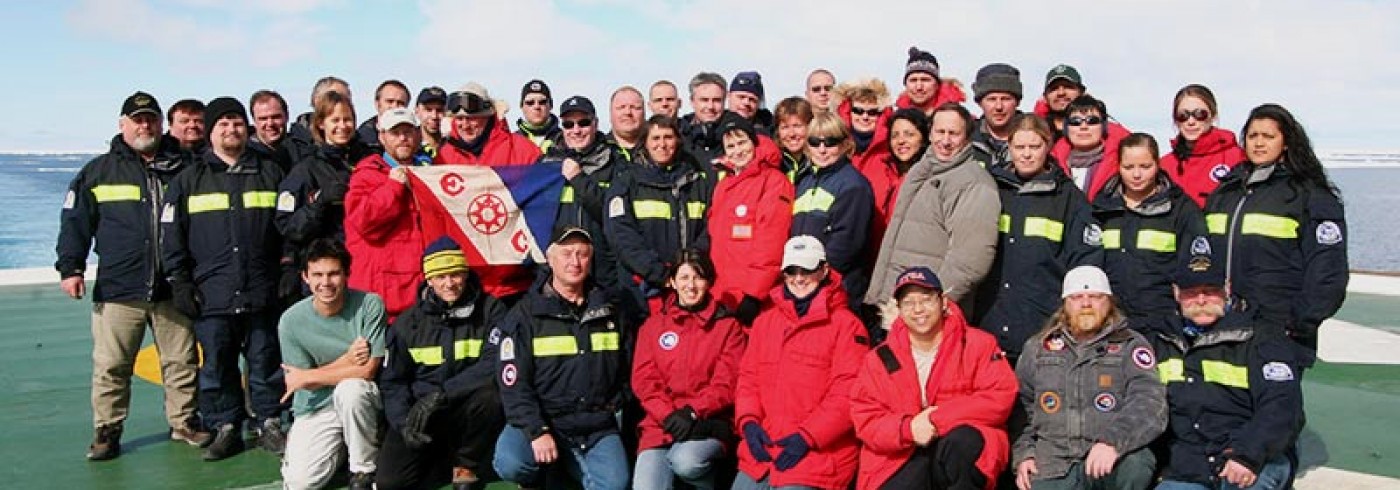Sea-ice observations in the Bellingshausen, Amundsen, and Ross Seas
12 December 2006 - 27 December 2006The objective of this project was to collect systematic, comparative observational data on sea ice morphology and distribution as the polar icebreaker Oden transited through the Bellingshausen, Amundsen and Ross Seas. The data collected included ice concentration, ice type, ice thickness, floe size, topology, and snow cover (snow type and thickness) using the ASPeCt protocol standards. Meteorological data, including sea temperature, air temperature, true wind speed, true wind direction, cloud cover (octas), and visibility, were recorded and summarized and transmitted every six hours to user websites for weather forecasting and navigation assistance. The first 4 parameters were obtained directly from the instruments on the Oden (every 5 seconds) and averaged to approximately the same time scale as concurrent ice observations. All collected data were entered into the ASPeCt software program for detailed statistical analysis and will be shared with the research community through the ASPeCt database. They will also be used to ground truth and validate satellite-derived geophysical products of sea ice like those from AMSR-E/Aqua, ICESat, and MODIS, and aimed at improving extant algorithms.
Real-time transfer of weather information began on 17 December 2006 and transfers to the NOAA tele-communication system were made at six-hour intervals. The Oden traveled through the pack ice zone of the Amundsen and Ross seas from 23 to 26 December. Air and water temperatures declined until the pack ice was exited on 26 December when water temperature increased. While in the pack ice, average hourly seawater temperature was -1.59°C (range -1.16 to -1.80) and average hourly air temperature was -2.64°C (range -1.17 to -4.65). The dominant sea ice encountered was first year ice, consisting mostly of large floes, though multi-year ice and newly formed ice were also present in the ice field. Of 133 ice observations made, the average ice concentration was 50%, ice thickness was 107,8 cm, and snow thickness was 30 cm.

